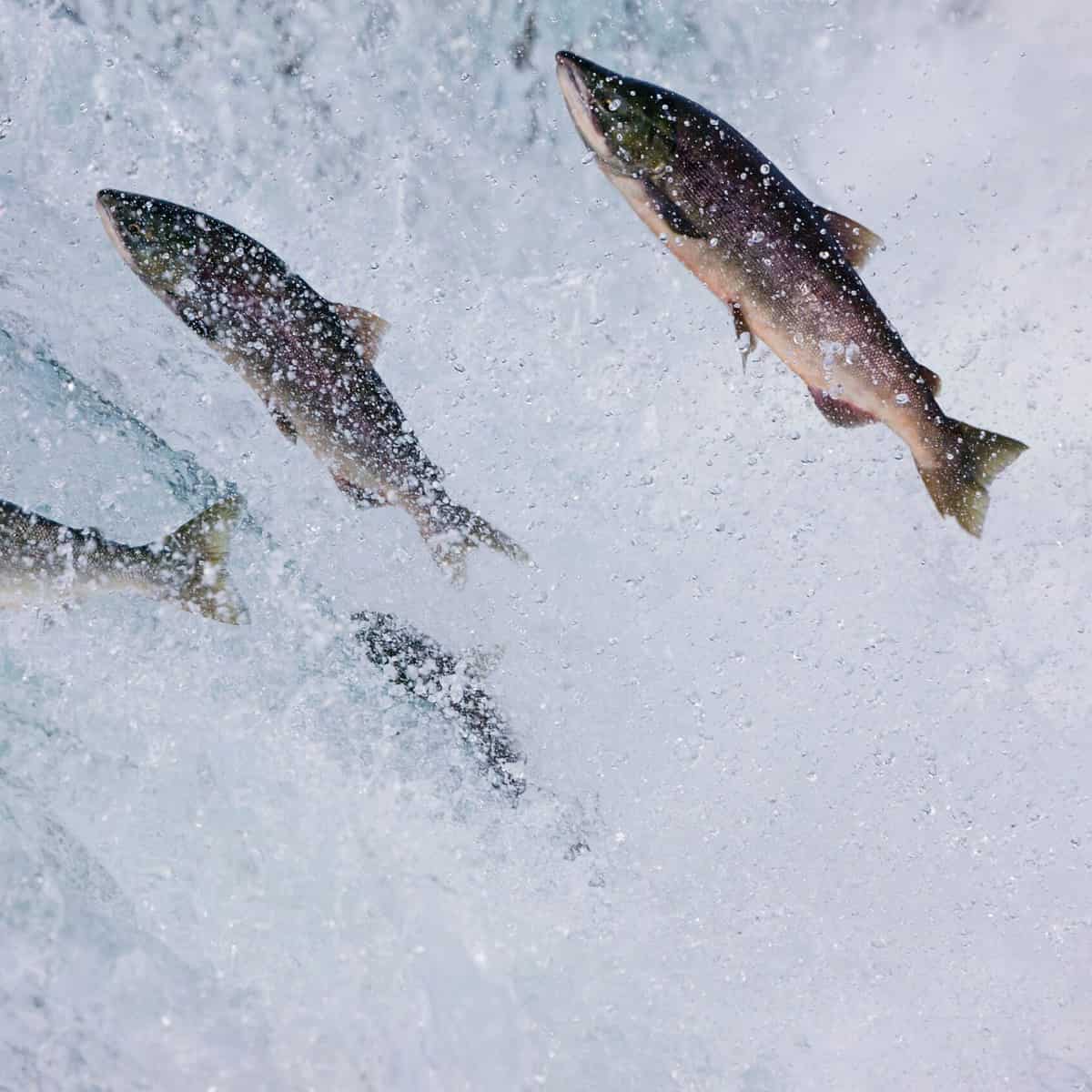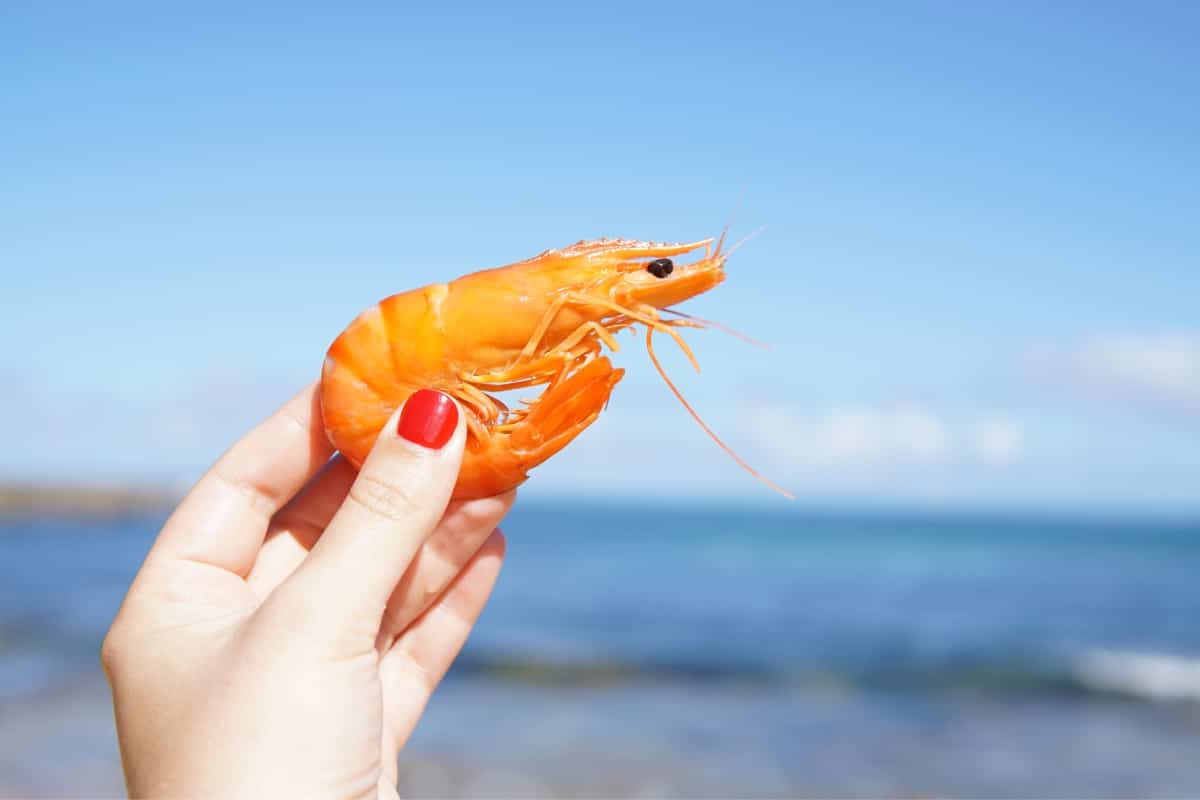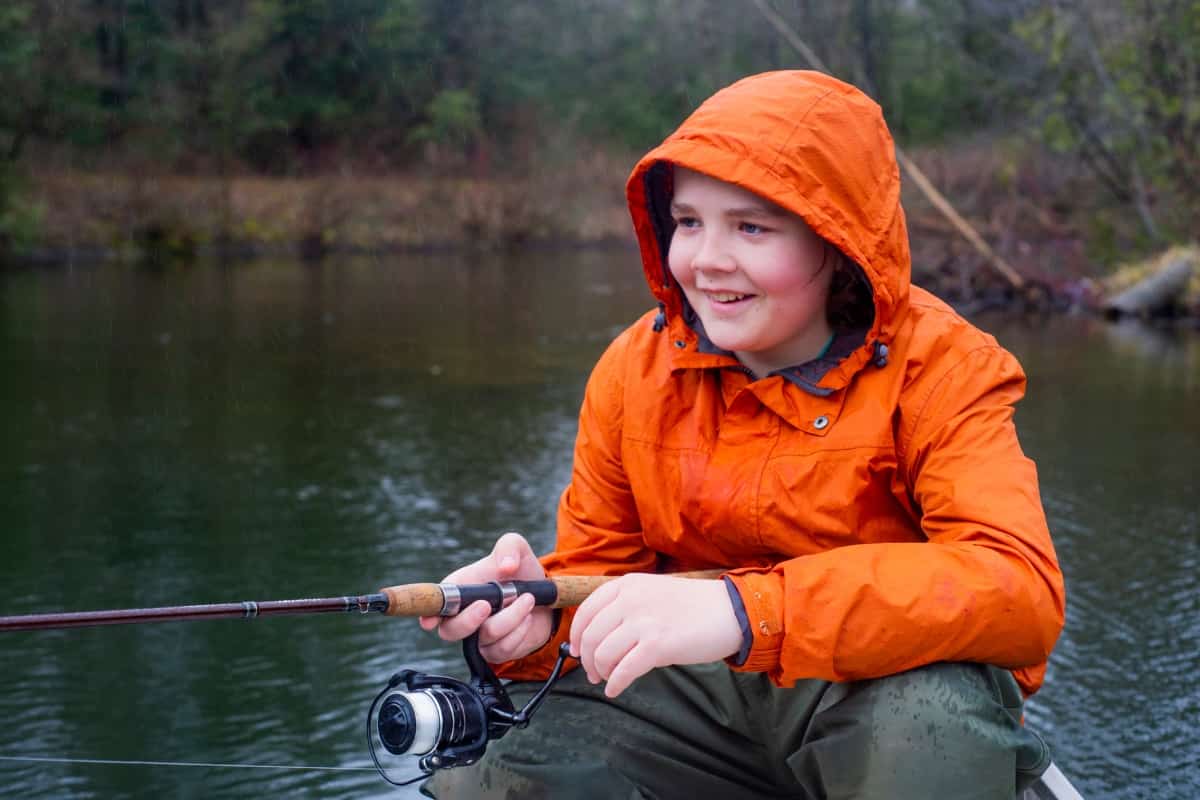Ice fishing at night gives anglers a unique experience of catching different nocturnal species like burbot, crappie, and walleyes. Ice fishing at night is different, and you should carry lures and baits made explicitly for night fishing. Some of these lures and baits include live baits and glow-in-the-dark jigs. Remember, fishing at night can be quite risky, so you should observe safety precautions. Ensure you have navigation tools, adequate lighting, emergency equipment, and warm clothes. Moreover, ensure you check the ice thickness and the area’s specific night fishing laws and regulations to avoid being caught on the wrong side of the law.
Ice fishing at night is a must-try activity if you like trying new things. You only need to invest in good night fishing gear, and you’ll be good to go. Here is a complete guide to the basics of ice fishing at night.

Best Time to Fish at Night
The best time to fish is at night, just hours after sunset or just a few hours before sunrise. During the day, many ice fish, like walleyes and crappies, move deeper into the water. They then start showing up to feed after the sun sets.
For example, fish like crappies come over basins with reeds and humps to feed in the evening. You’ll also find them near the shorelines because there are plenty of small minnows.
Walleyes are among the fish species that love feeding in darkness. You’ll find them feeding along the shallow flats or weed lines. They like feeding near water columns that have healthy weeds.
Ensure you dig fishing holes and set your shanty just before sunset to avoid scaring them when it’s time to fish. Digging holes and setting your shanty early ensures you spend more time fishing than stumbling in the dark.
The time you choose to go fishing at night greatly depends on the fish species you target. For example, the golden hour to catch trout is just after the sun sets. Trout hunt in low light; you’ll see plenty just before dusk or dawn.
On the other hand, the best time to catch crappies and walleye is from the evening through the whole night. So even if you go at midnight, you’ll still catch them because they have exceptional night vision.
If your target is to do ice fishing for walleye for the whole night, expect their feeding activities to slow after dusk. However, they will have several active feeding periods at night, so you’ve to be more patient. Walleyes love moonlight, and you’ll catch more fish during this period.
Fish Species Active at Night
Some ice fish tend to be more active at night, as they like feeding in the darkness. You’ll catch several fish species if you set the right conditions to lure them to your bait. Here is a list of the most active fish at night.
Crappie
Crappies come up from the deeper water at night to feed on zooplankton and other small food that will come their way. These fish feed around weed beds that are about 15 feet deep. Instead of dropping the bait into the thick weed, target the edges and use sonar to define the condition underwater.
You have to use small or medium hydro glow lights that are highly visible. Remember, the low temperature at night makes it hard to feel the subtle bites, so always go fishing with a sensitive rod that will detect even the slightest movement. Crappie bites make your fishing line slack when it’s cold, so consider using spring bobbers because they are extra sensitive.
When targeting crappies, combining a light jig head with a soft plastic lure will attract them fast. Maggot, wax worm, and minnow make the best live bait to catch crappies. Remember to use light lures at night because, at this time, crappies are feeding on zooplankton, and it gets hard to catch them when using larger lures.
Important Tip: Red colors works best for catching crappie, so a great option if you use glow lures.
Trout
It’s hard to catch rainbow trout, especially at night, because they are inconsistent when feeding. They are more active at night, especially with less cloud cover and a bright moon. During this time, you’ll find them feeding on small fish and other aquatic invertebrates in shallower water and soft bottom areas.
Ice anglers targeting trout should consider using green glows because they easily attract zooplankton to your hole. You can also increase the chances of catching them by suspending glow lights below the ice.
Important Tip: These fish types are slower than other species, and any erratic movement can scare the fish nearby away. Gently move the lure for a while and then stop.
Walleye
Walleye are extremely active at night as they have exceptional visions that locate prey before it can spot them. Always use highly visible lures like rattle spoons to attract them.
When jigging, ensure you make shorter movements to increase vibration while at the same time making less movement. Walleyes are very sensitive and can detect lures from a distance, and you’ll catch plenty of them at night than at daylight hours.
Go fishing around midnight if your target is to catch bigger walleyes because they’re more active at this time. A good strategy for catching them is to set different deadsticks baited with minnows or tip-ups while still jiggling under the ice using an active rod. The purpose of shaking your lure is to attract fish passing by to bite your live minnows.
Pike
You can get plenty of pikes just before sunrise or after sunset. They’re not so active at midnight, and you’ll have to be extra patient if you go ice fishing at this time. Some anglers prefer setting up traps, while others prefer using live bait.
When setting up a trap, ensure you use at least two rods and sit as you wait for the fish to respond. If you prefer using jigs, use spinners and spoons because they make a lot of noise that attracts a lot of fish.
Important Tip: Avoid using glowing lures and instead use lures with silver or golden color because they reflect light in the weed.
Baits and Lures for Night Fishing
Using the right baits and lures while ice fishing at night makes all the difference. This is because the fish respond to the bait based on how you present it.
Glow Lights
The crappies rely on their senses when feeding, and using a glow in dark lures makes it much easier to catch them. Remember, red colors attract crappies more at night, so ensure you’ve several to set on different fishing rods.
Furthermore, you can use glow-in-the-dark lures to catch aggressive predators like rainbow trout. Trouts like feeding on zooplankton and using a green tip-up light will attract them to your bait.
Live Baits like Minnows
It can be frustrating when you go night ice fishing, and the fish keep coming near your lure and not eating it. That is when you sweeten the lure using live bait. You can use the lure with a mealworm or live bait since the scent of the fresh bait will attract more fish.
Rattle Reel
To increase your chances of catching fish at night, ensure the fish find your lure. Using a reel with a rattling bead will cause vibration in the water that attracts them. Just ensure you make shorter movements when jigging to increase vibration while at the same time making less movement.
Safety Precautions to Observe When Ice Fishing at Night
Although most people prefer ice fishing at night because there is less competition, your safety should come first. While it’s okay to want to catch plenty of fish, it’s advisable to be extra cautious at night because the winter darkness makes it harder for you to see or other people to see you.
Here are essential tips and safety precautions you should observe when going ice fishing.
1. Wear a Headlamp
Ensure you pack a headlamp with a good battery. This lamp should be able to illuminate light off at least a 200-degree field. Also, ensure you have a good flashlight to help you navigate your way on the ice.
2. Always Check the Weather
Fishing at night can be risky, so you should check the local weather forecast for the night you plan to go ice fishing. Checking the weather before you set up your shanty protects you from getting caught up in a snowstorm.
3. Wear Warm Clothes
It gets quite cold at night, and you should wear extra warm clothes. Moreover, ensure you bring warm blankets and an excellent interlocking foam mat to protect your fishing gear from getting wet.
4. Check the Ice Thickness
Before setting your shanty and drilling holes:
- Check the thickness of the ice. Your preferred ice fishing area thickness should be at least four inches.
- Avoid fishing on cracked ice, as it can cause accidents.
- Check with the local authority on the recommended ice thickness for those ice fishing at night.
Equipment and Gear to Carry When Ice Fishing at Night
Here are the equipment and gear you should have when ice fishing at night.
Pop-Up or a Shanty
It’s freezing during winter, and a shanty will provide shelter from the ice and cold at night. Your shanty should have a light source so it will be easier to locate it after running to tip up.
Led Lights and Reflector Tapes
Ensure you have several led lights and reflector tapes to make your shanty and tip-ups more visible. Moreover, carry a simple battery-powered or propane heater to keep you warm throughout the night. Don’t worry if you don’t have the fishing equipment, as some hotels near the lakes rent them at affordable rates.
Carry Several Rods to Catch More Ice Fish
Only use more than one rod if the local regulations allow it. An excellent method to catch more fish is placing several rods and tip-ups to increase the chances of catching ice fish.
Conclusion
Ice fishing at night is different, and you should observe the recommended safety precautions. Ensure you carry the right navigation tools, adequate lighting, emergency equipment, and warm clothes. Also, have lures and baits made explicitly for night fishing.
Expect to catch fish such as walleye, crappie, trout, and pike. Remember, the best time to fish at night is just hours after sunset or hours before sunrise, but this time can vary depending on the fish you want to catch.




 Facebook
Facebook YouTube
YouTube









